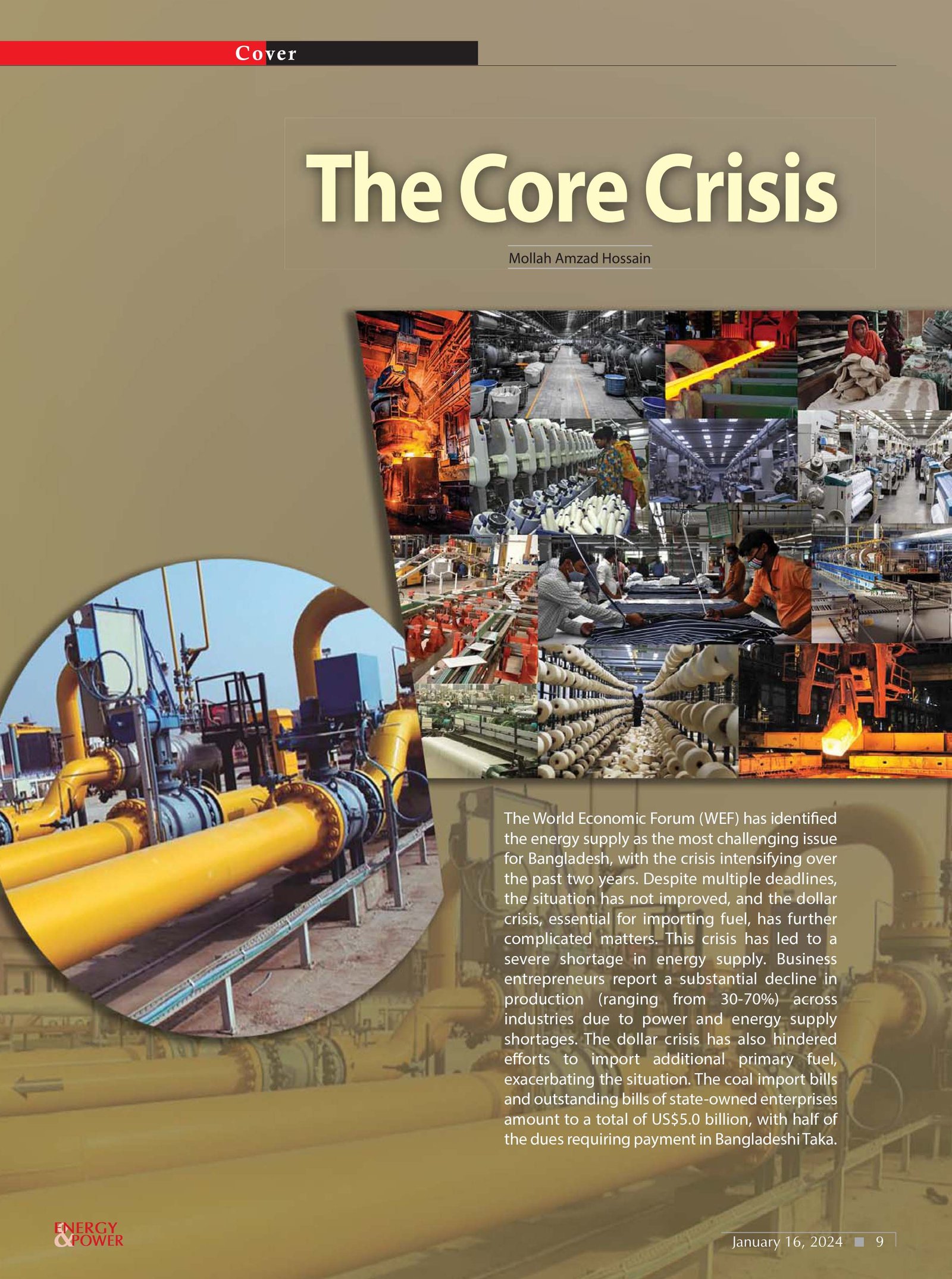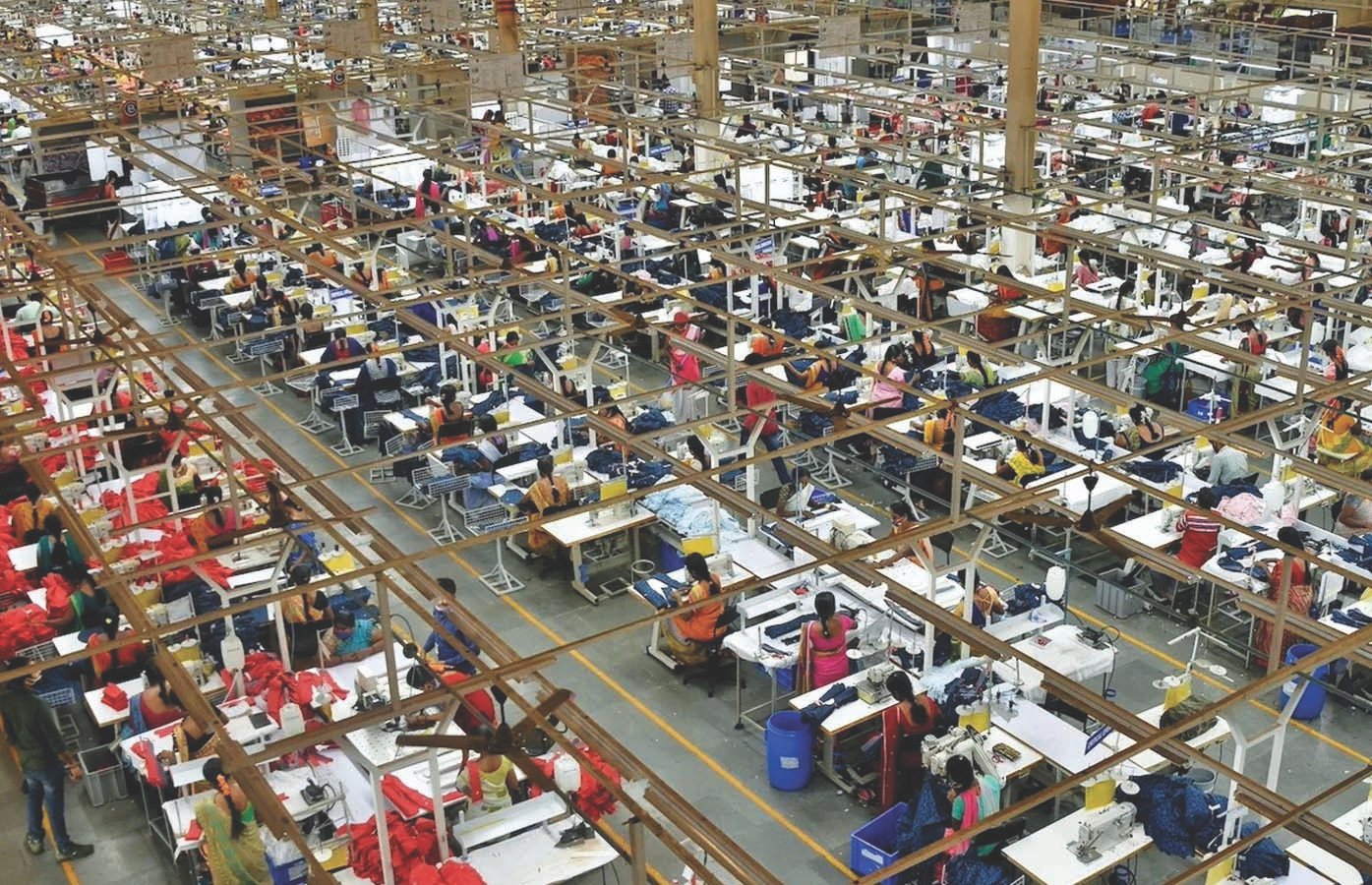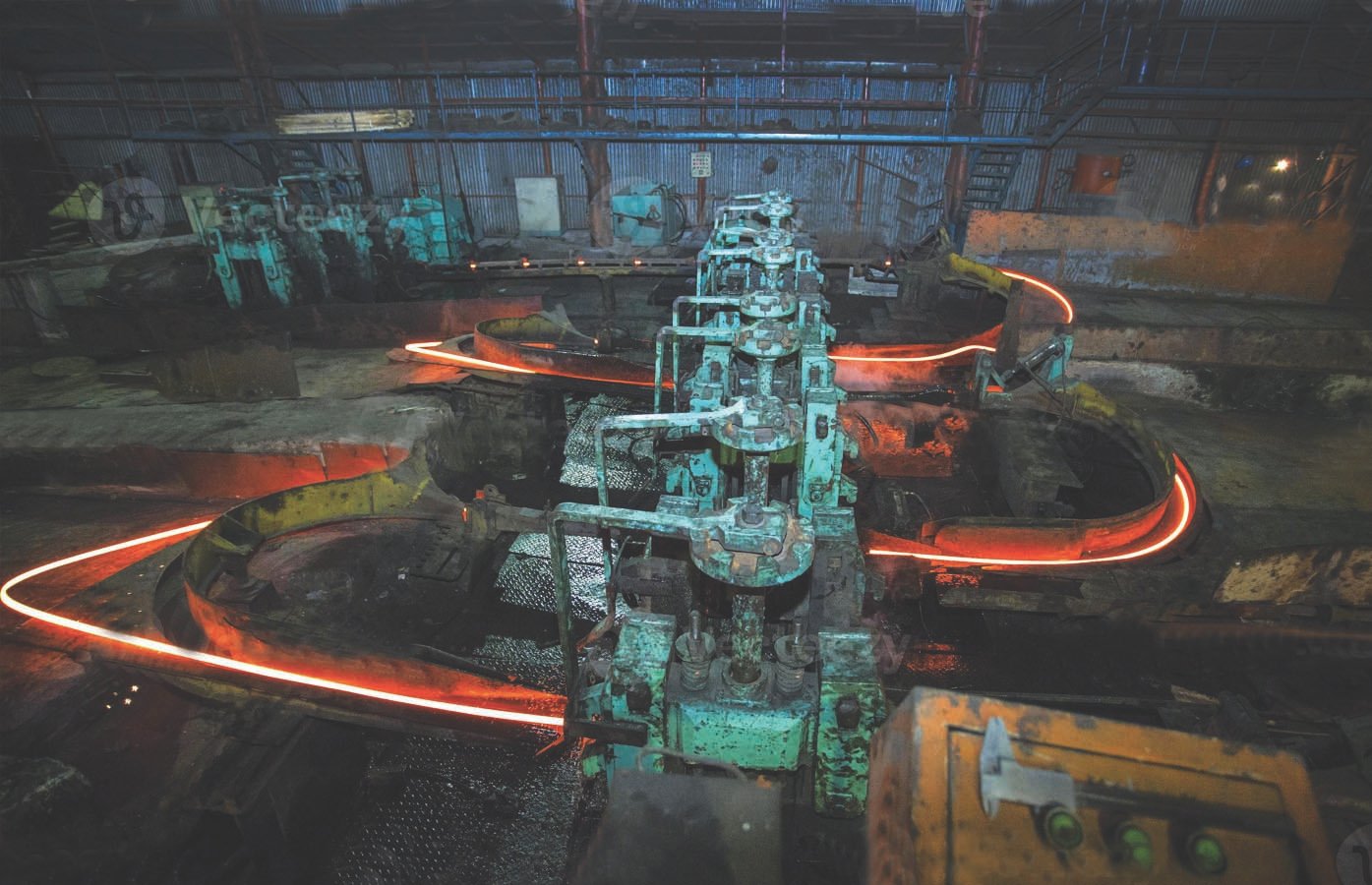
Bangladesh Awami League has formed the government for the fourth consecutive term after winning the national election at the beginning of the New Year. Bangabandhu's daughter Sheikh Hasina has taken oath as Prime Minister for the fifth time (fourth consecutive term). A 36-member cabinet has also been formed. The challenges at the start of the new term are more diversified and intense than any previous time. The World Economic Forum (WEF) in its annual report published a day before the formation of the government has identified five major risks for the new government. The Prime Minister and some members of her cabinet also have mentioned various challenges, including microeconomic stability. However, the WEF has identified the energy supply crisis as the most difficult challenge for Bangladesh. Though the government policymakers did not agree, the energy crisis grew steadily over the past two years. Several deadlines were set for getting out of the crisis, yet it remained the same or even grew further. The dollar crisis over the past year even negated the possibility of combatting the crisis by importing additional primary fuel. Consequently, in the predominantly gas-dependent country, the energy supply shortage has grown into a major crisis. Business entrepreneurs claim that industries suffer from a 30-70% production fall commensurate with their sizes and demands for supply shortage of power and energy. Recently published reports evidence that the gas supply shortage has reached a peak in the past 50 years. The present supply with local production and imported LNG is now around 2,500 MMCFD against a coincident peak demand of around 3,800 MMCFD. The crisis has also been aggravated further due to the dollar crisis required for importing liquid fuel. The coal import bills could also not be met fully. The state-owned enterprises (SOEs) have huge outstanding bills. The total outstanding of the two important sectors now stands at US$5.0 billion. However, half of the dues need to be paid in Bangladesh taka.

Global Risk Report of the World Economic Forum
The WEF in its report has identified five major risks for the government. According to the report, energy supply shortage is the most acute challenge. Industrial production is adversely impacted by the energy crisis. A high rate of inflation has also created a huge challenge for the economy. Other challenges are the declining trend of economic growth, inequity in resources and income, and an increase in government borrowing and unemployment.
The Switzerland-based WEF published the global risks on 10 January 2024 before their annual meeting. That includes specific risks of different countries along with global risks as well. This includes the risks of Bangladesh.
The WEF’s half-yearly report titled “Global Economic Prospects or Global Economic Possibilities“, published in December 2023, mentioned that the global economic growth in 2024 will be the lowest after the COVID-19 pandemic. They identified short- and long-term global risks. 10 global risks have been identified in the report. These are flawed and wrong information, extreme weather, social inequity, cyber insecurity, armed conflicts among nations, and lack of opportunities in economies. Inflation, involuntary migration, declining rate of growth, and pollution.
Center for Policy Dialogue (CPD), a private-sector research organization, partnered with the WEF in Bangladesh. They worked out a list of risks after surveying 71 industries.
Dr. Khondaker Golam Moazzem, Director Research at the CPD, told EP that the survey has been carried out among the industry owners. According to them, the energy crisis is now the main risk. Industries are now getting only 60% of the required gas supply. Of the gas-based industries, ceramics, steel, and textiles are the main sufferers.

Analyzing the information, it found gas rationing is being done in the industrial areas. Export-oriented industries are getting priority in gas supply, but SMEs especially small and medium capacity industries are not getting supply per demand. Such a situation is causing serious harm to industries. Even quality and uninterrupted power supply is not there. Repeated increases in power tariffs and gas prices are also increasing the cost of production.
The government cannot ensure a quality supply of gas despite increasing gas prices a few times. The government promised an uninterrupted supply of gas while increasing gas prices. Nasrul Hamid, State Minister for Power, Energy and Mineral Resources while talking to EP claimed that around 6,000 MMCFD of gas supply will be required by 2026 if the present trend of industrialization continues. Different initiatives have been launched to increase domestic production and by restricting reliance on imported LNG to 20%. Around 400 MMCFD of RLNG supply will be added within 3-4 days when the FSRU operated by Excelerate Energy which required maintenance at the dry dock in Singapore resumes operation. However, the FSRU operated by Summit Energy will go for maintenance on 18 January. It may return and resume operation in March 2024. Hence after winter, the gas supply situation will marginally improve.
Mr. Nasrul Hamid expected that by the end of 2025 about 500 MMCFD new gas may be added after the completion of the under-implementation 46 wells drilling program. He informed EP that the 100 wells drilling program will start after the completion of the present program. Works on two new FSRUs are also advancing. These will come into operation in 2026 and 2027. The state minister informed that Chevron is optimistic about discovering 1.6 Tcf new gas at the flanks of the Bibiyana gas field. This may be confirmed within 2024. Based on the above, it cannot be expected that the required gas supply may be available before 2026.
Energy experts believe that even after the operation of 4 FSRUs and importing RLNG in pipelines from India, around 2,500 MMCFD of RLNG may be available in 2027. Let us assume that local production will remain at the present level. Even then the gas deficit will remain 1,000-1,200 MMCFD. Moreover, an economic crisis or increase in the price of LNG in the global market as an impact of possible global events may cause an LNG import cut.

Dr. Moazzem said that in the previous surveys, the business community identified bureaucracy and other matters as the major impediments to the growth of industries. At that time gas supply crisis and inflation ranked lower as impediments. The recent survey among 71 industries evidenced that the chronic gas crisis over the next two years was the major impediment to the operation of industries. The shortage is about 35-40%. They mentioned that now they find ways of getting out of it over the next two years. Inflation is an added risk. The gas supply situation did not improve at all even after increasing gas prices by 180%.
It has been mentioned already that inflation is the next major crisis. Dr Moazzem said it has direct and indirect impacts. The direct impact is that it increases pressure to increase the salary of the workers as buying capacity reduces. Indirect impact is that entrepreneurs encounter uncertainties in investment over longer terms. The balance of payment cannot be maintained, and impediments are created in opening letters of credit. Exporters lose competitiveness in export trade.
The business community this time has mentioned inequity in both resources and income as risks in business and trade. It was not treated as a risk last year. When asked why businessmen consider these as risks, Dr. Moazzem mentioned that these are being discussed globally. The business community of Bangladesh has also realized it.
The CPD researcher told EP that inequity in income and resources does not increase the buying capacity of lower and mid-income groups. If most money is accumulated among high-income groups, they do not spend much locally. Some spend it abroad. The mid-income groups are the main spenders in the society. Economic growth stumbles if the income of mid-income groups does not increase.

Chaos is created in the society from unequal distribution of wealth. The movement for salary increases of the labor intensifies. Analysts observed that inequity at some stage acts as a barrier to economic growth.
The report mentioned that Bangladesh will lag behind the target of sustainable growth and SDGs. Financing is essential for this. It has been mentioned that a per capita investment of US$400 is required to achieve the SDGs by 2030. However, the WEF report mentions at best US$230 may be possible.
The fifth risk is the increase in government borrowing. The report mentioned that loan flow to the private sector declines if the government borrowing increases. The business community voiced their discontent in the past. An increase in the government borrowing also increases the rate of interest.
In 2023 the business community identified 5 risks for Bangladesh. These were high rates of inflation, issues of lending, high prices of commodities, environmental degradation due to human activities, and geopolitical race for grabbing resources.
Conclusion
Bangladesh requires spending an additional US$13 billion per year for importing petroleum products, LNG, and coal for the impacts of the Russia-Ukraine war and other global incidents following the COVID pandemic. The Russia-Ukraine war continues and on top of that Israel-Hamas conflict has created a topsy-turvy situation in the global fuel market. The USA-UK attack on Houthis has put the icing on the cake. An alarm bell is ringing for a widespread war in the Middle East. There is no doubt global fuel market will soon get volatile. Replying to a question, Mr. Nasrul Hamid told EP that an initiative has been taken to make a major portion of outstanding payments to the power sector soon. The outstanding payments of the energy sector will be made in phases soon. He agreed that arranging money to ensure a smooth supply of primary fuel is a major challenge. He said the total money required will depend on the price of fuel in the global market.
The government believes that power demand in high summer will reach 17,500 MW. The power sector can cater to that. But generation will depend on the availability of the required fuel. Power generation will suffer if the required coal, gas, and liquid fuel cannot be supplied per demand. The present outstanding payments of the power and energy sector is about US$5 billion. Only about 60-65% of total gas demand can be met. Depending on the stability of the world LNG market gas supply can be increased from 2500 MMCFD to 3000 MMCFD in March 2024. But a huge deficit will emerge in meeting the full demand of the power sector. There is a possibility of reducing the deficit marginally over the next three years. But there is no chance of getting completely out of the crisis. The government is trying to set up a Land-Based LNG Terminal, connecting Bhola gas fields to the national grid as a long-term measures. Offshore bidding will be invited in 2024. There is no alternative but to wait till 2030 to get benefits out of all these. There is no way Bangladesh can get out of the energy crisis soon.
Cover As PDF//userfiles/EP_21_Cover_The Core Crisis_Mollah Amzad Hossain.pdf



